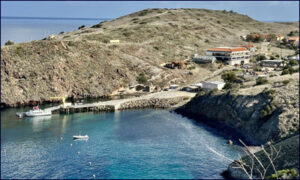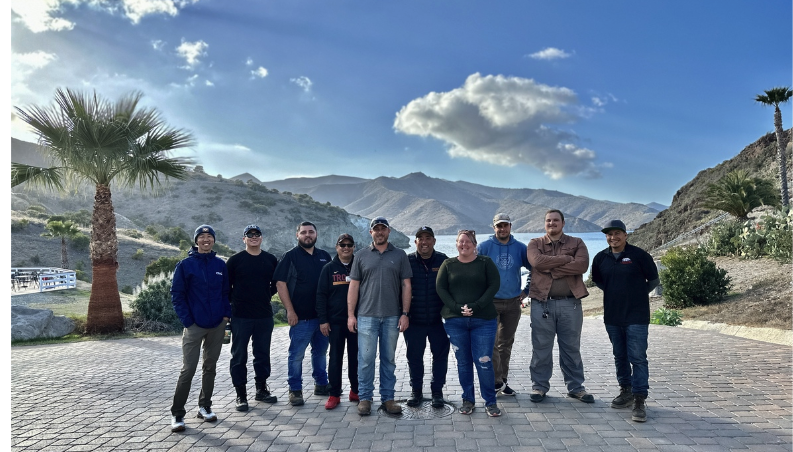- About
- Network
- Community
- Initiatives
- News
- Events
- Blog
- Publications

Solving Network Connections for USC on Catalina Island
Categories Cultural & Scientific Independent Universities
Tags biology environment usc

If you’re a leading private research university with a prominent environmental studies program on an island twenty-two miles off the coast of California, spotty internet network connections to the rest of the country can pose serious problems. When that program attracts national leaders in environmental science who present lectures and courses to far-flung students, unreliable connectivity simply isn’t an option.
Fortunately, if you’re a member of the Corporation for Education Network Initiatives (CENIC) like the University of Southern California, you can call on the network engineering talent at CENIC. As a founding member of CENIC, USC has a 25-year history of working with the innovative talent that ensures the California Research and Education Network (CalREN) keeps the state’s research and education communities connected to the world.
Some programs of USC’s Wrigley Institute for Environmental Studies, based at the USC Dornsife College of Letters, Arts and Sciences, take place at the institute’s Wrigley Marine Science Center on Santa Catalina Island, or Pimu’gna and Tovaangar, the traditional lands of the indigenous Tongva. The Institute supports a research campus on the island that hosts hundreds of graduate students and faculty each year as well as more than a thousand undergraduate students, all of whom require reliable connectivity to carry out their research and collaborate with colleagues across the globe. Furthermore, with the impacts of climate change on the West Coast making themselves felt more with each passing year, solid and sustainable network connections with the mainland are a priority for safety as well as research and operational issues.
“The need for resiliency became clear by the beginning of 2022 as students returned to the Catalina campus,” said Michael Gong, CENIC network operations manager. “With up to 120 students living on the campus at a time, having solid, reliable Internet is very important.”

According to CENIC engineers, the primary circuit for the campus suffered from a number of issues including backup battery failures and a device misconfiguration causing interruptions to the primary circuit. The primary microwave circuit ultimately connects to the mainland through the island’s GeoLinks network of links. Major rain and wind weather patterns, a problem that will only worsen with time, also caused this circuit to drop.
The core vendor for the campus is GeoLinks, an innovative Southern California telecommunications company that has worked with CENIC and its initiative GoldenStateNet, which is focused on closing the digital divide.
“The primary 1 Gbps microwave circuit is a 60 GHz dish pointed at the top of a hill where a million-gallon water tank sits,” said Gong. “The dish provides a lot of bandwidth, but it’s more susceptible to interruptions from the weather due to its high frequency.”

The solution? A new secondary microwave link – a whole new circuit designed with a different brand and make of hardware in the form of a lower-frequency 5 GHz dish that points across the harbor to another set of microwave dishes. GeoLinks made a special trip to the island to complete this installation for USC, and provided this new link – a diverse path back to the mainland – at no cost to create greater resiliency against weather-based interruptions thanks to its lower frequency.
“What’s great is the backup link will take over seamlessly when it detects a loss of frequency,” said Gong. “There’s no need for engineers to intervene.”
Related blog posts
CENIC Members Enable Data-Driven Agriculture: Optimizing Harvests in a Changing Environment
The use of technology in agriculture to increase yield and decrease resources is the focus of an innovative project fueled by CENIC and its collaborative partners: a novel model of precision agriculture in the vineyards.
The Venue is the World: CENIC Helps SFJAZZ Share Music with Everyone
Learn how Mount Allen shares musical experiences with the public through his role at San Francisco Jazz (SFJAZZ), which uses CENIC infrastructure to livestream performances to classrooms and libraries across the state.


